Additional Reporting by Alexandra Rowe, Catharine Li, Grace Fiori, Grace Lee and Jack Underhill
At 1 p.m. on Tuesday, May 7, protesters set up an encampment on the Student Union South Lawn. Protesters were advocating for the University of Massachusetts to divest from war-profiteering companies involved in Israel’s bombardment of Gaza and to drop the charges of the students arrested at the Whitmore demonstration in October. As the day progressed, dozens of police officers, many in riot gear, arrived on the scene and arrested over 130 undergraduates, graduate students, professors and community members.
The protest was led by the UMass chapter of Students for Justice in Palestine (SJP). This is the second encampment formed on the UMass campus this semester and is part of an ongoing nationwide movement of “Popular Universities for Gaza” forming on college campuses. The following afternoon, the advocacy group held a rally for Rafah, followed by a press conference to address the encampment. “There is no negotiation anymore,” SJP President Rüya Hazeyen said when asked if there were any hopes of going back to the negotiation room during Wednesday’s press conference.
A letter from the UMass Amherst Popular University, addressed to Chancellor Javier Reyes, presented demands for UMass to disclose all direct and indirect partnerships with defense contractors and corporations affiliated with Israel and to end study abroad programs with Israel. The letter also called for the “abolition of the Board of Trustees and its replacement with a directly elected body of university students, faculty and staff.” Protesters are also calling for University sanctions and civil charges to be dropped against students arrested during the October sit-in.
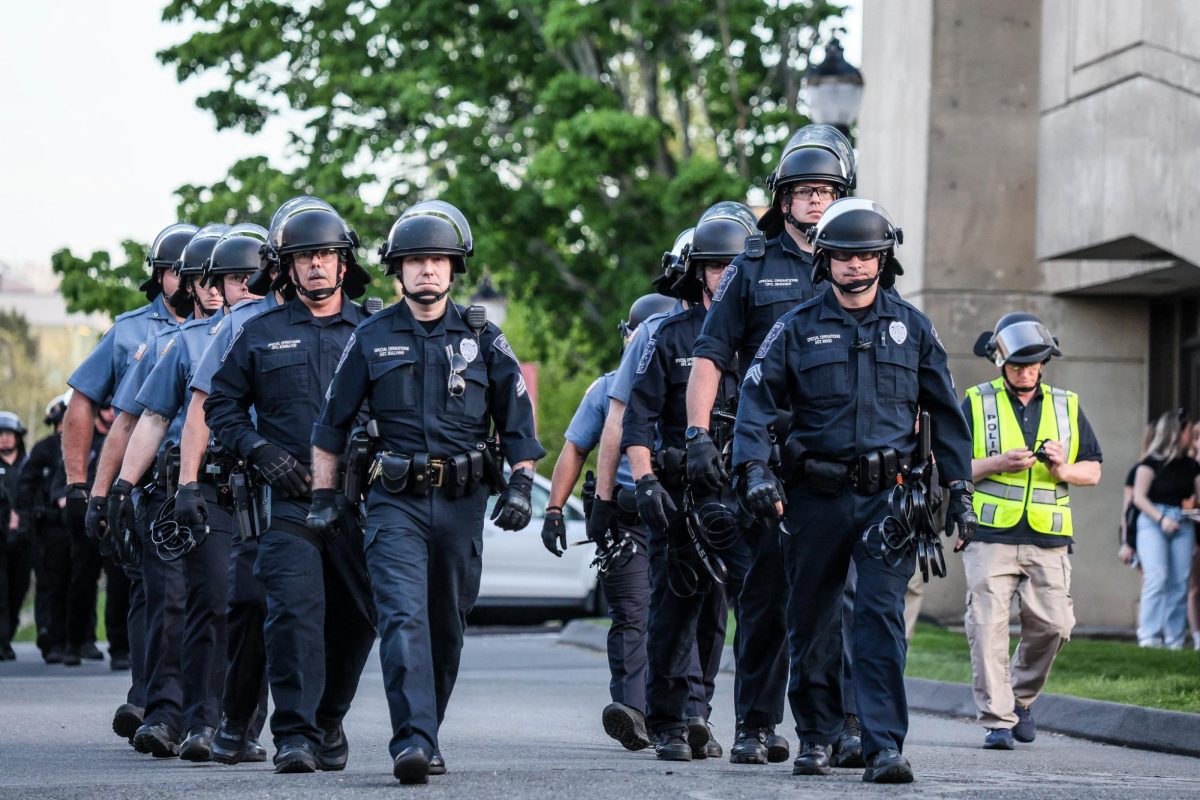
Police Presence
Massachusetts State Police, including dozens of members of the State Police’s Special Emergency Response Team (SERT) and UMass Police Department (UMPD) arrived on campus at 5:30 p.m. Over the next 8 hours, law enforcement arrested protesters and dismantled the encampment. The police force consisted of officers from SERT, state police, and UMPD. Vans from Hampshire County Sheriff’s Office (HCSO), Amherst Police Department (AP), Hampden County Sheriff’s Office and Hadley Police Department (HPD) were used to transport protesters.
Many officers held bolt cutters, crowbars, pepper-spray ball guns, batons, riot shields and were equipped with zip-ties to arrest individuals. Many verbal and physical interactions between police and protesters occurred throughout the night. Some officers were seen covering names and badges to conceal their identities.
A UMPD officer told the Daily Collegian towards the end of the night, “I got a text [that said to] come here. That’s all we know.” Multiple UMPD officers nodded in agreement.
By the end of the night, there were at least 109 State Police cars, two UMPD vehicles and four HPD vehicles present on campus. There were also two Amherst Police K-9 units, who did not leave their vehicles. A Hadley police officer said the units were never going to be used, but their owners were summoned to campus.

How the encampment was organized
There were three “tiers” in and around the encampment before arrests started. The red tier consisted of around 15 people willing to be arrested inside the circular encampment made of wooden pallets, fencing and painted signs with dozens of tents at its center. The orange tier contained a group of protesters circled around the enclosed area linking arms. A police liaison for the encampment who identified themselves as Square said people on the outside of the encampment are “not planning on [being] arrested” and were linking arms to show “strength and support.” The yellow tier of people spread across the lawn were involved in the protest but not willing to be arrested. Those classified as green were running jail support off-site.
Protesters could fill out jail support forms to prepare for potential arrests at an onboarding table at the edge of the lawn. A brief “Know Your Rights” training was given to protesters at the table, according to a member of the jail support team. Although most of those willing to be arrested had been involved previously, a number of “mostly community members” had stated their willingness to risk arrest at the onboarding table, a jail support team member said.
All students who planned on getting arrested had an ID number written on their arm, and said they would yell it out if they were being arrested. Legal observers from the National Lawyers Guild actively recorded the ID numbers of those arrested.
At around 1:30 p.m., members of the Demonstration Response and Safety Team gave the initial warning that the protesters were trespassing.
Joseph Levine, a UMass philosophy professor, said that the demonstrators decided to “up the ante.”
“The problem is that even though the University claims that the encampments – and this is not just this university, but all across the country – are a disruption and interruption of academic life as normal. The point is, that’s right, it is a disruption.”
Levine referenced the recent incursion into Rafah by Israeli forces as a motivating factor. “When something like a full blown genocide is taking place with active massive U.S. support, it’s wrong to let business be usual, it’s important to disrupt,” he said. “And these very courageous students, and a number of the faculty, are willing to put their bodies and their freedom on the line because what’s happening in Gaza is so many times worse than that.”
“Obviously, the administration can’t stop the war in Gaza,” Levine continued. “But they can at least express their willingness to cut any relation they may have to that war and their inability to do that, I think, brings shame on this University and all the universities that are refusing.”
A small number of protesters were also perched in trees by the encampment. One protester in a tree in the afternoon said he was there “to defend our encampment.”
Kiv, a police liaison affiliated with the encampment, said that protesters “know that we will be here until our demands are met.”
A small number of counter protesters and onlookers gathered on the library terrace overlooking the South Lawn. A brief physical altercation between an onlooker and counter protester occurred at around 6:30 p.m. The counter protester’s hat with the words ‘Come and Take It’ was flicked off to the lawn below. A UMPD officer was called shortly after to diffuse the situation.
22 Massachusetts State Police, Amherst Police Department (APD) and University of Massachusetts Police Department cars were the first to arrive at Whitmore at 5:30 p.m. along with one prisoner transport van.
A second van followed. Officers of all three departments were gathered near Whitmore to eat pizza by 6:30 p.m. before approaching the encampment. Around 3 police cars were present near the Fine Arts Center.
Encampment leadership and Chancellor meet to discuss demands
Around 4:30 p.m. members of SJP, Faculty for Justice in Palestine, the GEO Palestinian Solidarity Caucus, Young Communist League and the UMass Dissenters met with Reyes and senior members from the Chancellor’s staff.
At 6:23 p.m., three students who attended the meeting addressed those gathered around the encampment to share the outcome of the meeting. The meeting attendees negotiated with Reyes and senior administration during the first portion of the meeting, and broke for caucus during the latter half. According to the student attendees, Reyes continuously reiterated that he did not have the discretion to meet their stated demands.
“I had to leave the meeting and slam the door to get an apology from admin who are being paid to be on these negotiation tables because they called me a ‘sweetheart’ and would not even let me talk,” SJP President Rüya Hazeyen said.
“I impressed upon the student protest leaders that their encampment must be removed and offered to continue ongoing discussions in the weeks and months ahead to bridge our differences,” the statement read. “While we may not agree to all the demands presented to us today, including those which would violate the university’s founding values of the free and open exchange of ideas, today’s meeting could have been a significant step forward in in establishing a meaningful dialogue,”
At around 7 p.m., members of the orange group began linking arms around the encampment.
Police entered encampment shortly after third warning issued
A letter from members of the UMass Demonstration Response and Safety Team – including Jeffery Hescock, Dawn Bond and Farshid Hajir – was distributed to those at the encampment at 7:20 p.m.
It stated that although they support demonstrators’ first amendment rights to free speech, those present at the encampment were trespassing due to the presence of unauthorized structures. They can continue to demonstrate but must break down and remove tents. If demonstrators did not dismantle the tents, the letter warned that “UMPD will respond, which may result in your arrest.”
At around 7:25 p.m., about 19 state police SERT officers in riot gear made their way to the encampment. As the state troopers marched in, two UMPD officers blocked off the library terrace overlooking the encampment. The south side of the library entrance remained open to students until the library closed at 11 p.m.
At 7:27 p.m., an email was sent by Reyes. “Moments ago, I asked the University of Massachusetts Police Department to begin dispersing the crowd and dismantling the encampment. Let me be clear – involving law enforcement is the absolute last resort,” wrote Reyes. “It saddens me to send this message tonight, but I am hopeful that our campus community will persevere to find common ground and come together in these challenging times.”
State troopers were met with chants of “Why are you in riot gear, I don’t see no riot here” from at least 300 protesters gathered in and around the encampment. Officers formed a cordon and surrounded the encampment, which was surrounded by students and professors linking arms.
A small child was seen brandishing a keffiyeh and yelling in front of officers. According to protesters, a police officer threatened to arrest the child and refer the mother to Child Protective Services. The child and mother later left the protest, and were not arrested, despite some confusion from the crowd.

At around 7:45 p.m., as the crowd jeered at officers, five protesters, containing mostly professors, were led from the encampment to an APD prisoner transport van near Memorial Hall. As they were led away one protester shouted, “just two hours ago ‘Kevin’ was negotiating with administration and now he’s being arrested,” referring to the tenured professor who was arrested. The crowd chanted “we love you” as the protesters were taken away.
Police threatened onlookers with arrest if they remained on the South Lawn, meanwhile a second group of 5 protesters were arrested and led to a Hampshire County transport van. The police line then moved forwards from the encampment closer towards the Minuteman statue. A third van by Memorial Hall left without taking any protesters.
Adding to the large number of arrests was the police tactic of yanking people from crowds, according to SJP president Rüya Hazeyen. “I almost got arrested too for telling them, ‘you are arresting a medic,’ and I was shoved and threatened with pepper spray,” Hazeyen said at Wednesday’s press conference.
According to University Spokesperson Ed Blaguszewski in an emailed statement to the Collegian, “To date, no allegations of [UMPD] misconduct related to the events of May 7 have been filed.”
Two light tower vehicles towed by UMass Waste Management trucks arrived near the Student Union as night fell upon the UMass campus. Police around the Student Union armed themselves with pepper-ball guns as the line once held by police broke and the South Lawn flooded with protesters. As police officers moved from the South Lawn towards the Student Union, one tent was pushed down by police.
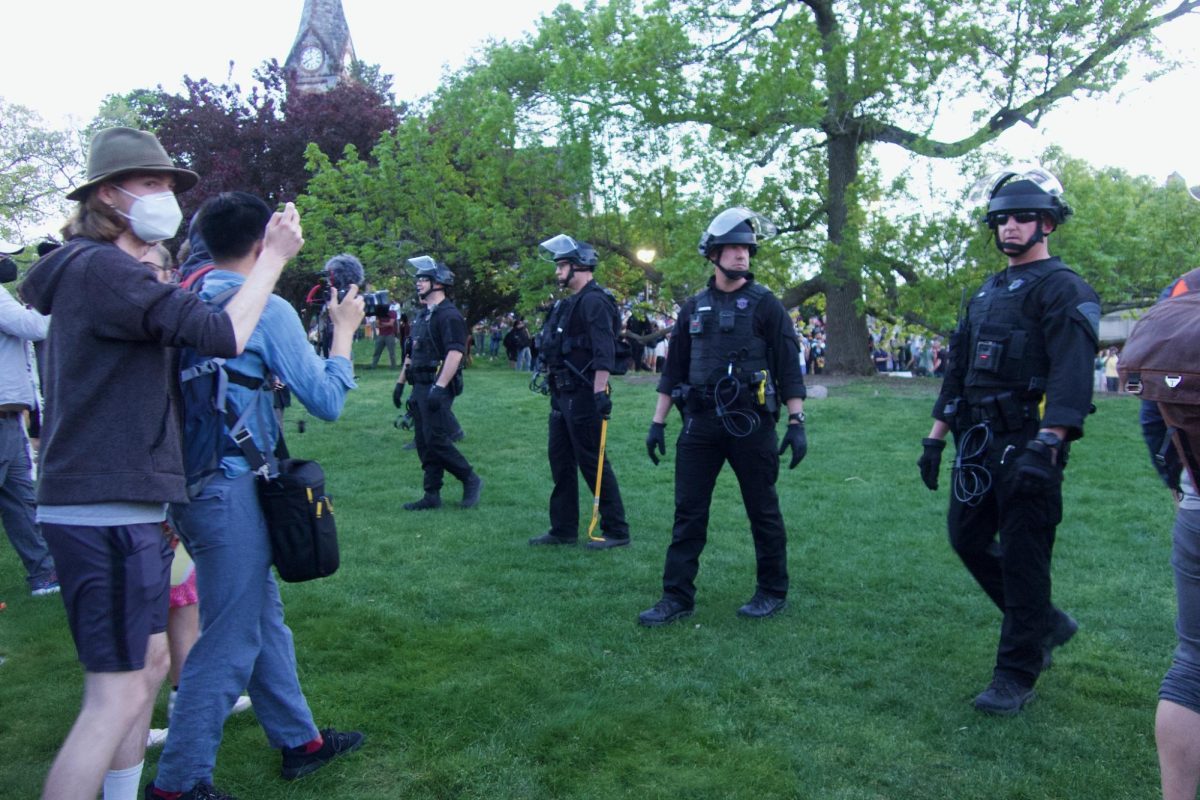
Police establish line of officers to shift crowd off lawn
Many officers were in riot gear, several wore their regular uniforms, and others wore regular uniforms with a riot helmet. Most had some sort of restraint on them, such as zip ties or handcuffs. Several officers carried strobe flashlights that they pointed at the crowds, while others carried crowbars and pliers for dismantling the encampment. One state officer held a bright yellow crowbar by their side while holding the line of protestors by the campus pond, around 50 feet from the encampment.
Officers formed lines surrounding the encampment and monitored the edges of the lawn, over the course of the evening, these lines dissolved and protesters flooded the lawn and encampment area, often linking-arms around the encampment as officers advanced.
After police regrouped, vans pulled up in front of the student union, and protesters were arrested and loaded into an Amherst Police Department van parked outside the Student Union.
At 8:53 p.m., police announced that there was “no allowance for observers or onlookers” and declared an unlawful assembly, threatening the more than 300 observers in the vicinity with arrest. Police then surrounded the encampment and swiftly moved forward. Protesters began chanting “UMPD, KKK, IDF they’re all the same.”

Arrests continue
Arrests resumed at around 9:24 p.m., and as the lines continued to march forward many protesters fell or made contact with police. One protester was pushed down on the pavement and arrested, as another protester ran after the arrested student and was also pushed to the pavement and handcuffed. One man was arrested even after he said he was not participating in the protest.
The number of people willing to risk arrest “grew exponentially after the police violence started. I think we had community members and people who were not planning to get arrested, get arrested,” doctorate student Tatiana Rodriguez said during the Wednesday press conference. “And that was the result of them feeling moved by the fact that students were being treated so horribly by administration.”
At 9:49 p.m., three officers began dismantling tents and tarps.
Throughout the night, protesters continued to chant. Chants included “Who do you serve?” “Disclose, divest, we will not stop, we will not rest!” and “45,000 people dead, you’re arresting us instead!”
Officers were seen by Collegian reporters kicking some protesters being held on the grass near the encampment before they were moved to the Student Union.
Students being arrested were held on benches in front of the Student Union before being escorted into transport vans. Arrests would continue until around 1:00 a.m.
At various points, officers in groups of ten marched towards the police line from the Whitmore parking lot, scattering the crowd of onlookers and protesters. As they marched, many observers ran, while others in the crowd implored onlookers to walk.
By 10:51 p.m., the entirety of the encampment’s structures and supplies were loaded onto UMass Waste Management trucks. Posters, signs, tents and flags were placed into trash cans by University staff to the protests of onlookers.
Around 11:13 p.m., Olive Yale, a junior linguistics major and counter-protester, recalled how a bystander stole the small Israeli flag hanging from her ear, threw it to the ground, and stomped on it. When Yale tried to pick it up, she was blocked by three other bystanders and was unable to pick the flag back up.
A member of SJP saw the commotion and defended Yale. As the bystanders retreated from the area, Yale and the SJP member tried searching for the flag, but were unable to retrieve it.
After the remaining 37 protesters were removed from the lawn at around 12:30 a.m., police formed a perimeter around the Campus Center Parking Garage, where arrested individuals were being taken to for transport.
On the other side of the encampment site, a large group of officers walked towards Whitmore, followed by a crowd of around 70 protesters. One man on a bike came too close to a police officer near the Old Chapel, prompting four arrests as officers rushed towards the fleeing crowd.
Several similar incidents occurred as police slowly made their way towards Whitmore. One person fell and suffered a knee injury outside of Herter Hall, and an ambulance arrived to chants of “Your fault” directed at law enforcement. The injured person said, “I can’t feel my knee,” and appeared to be in considerable pain. 12 officers stayed behind to assist with the ambulance as the rest headed for the exit.
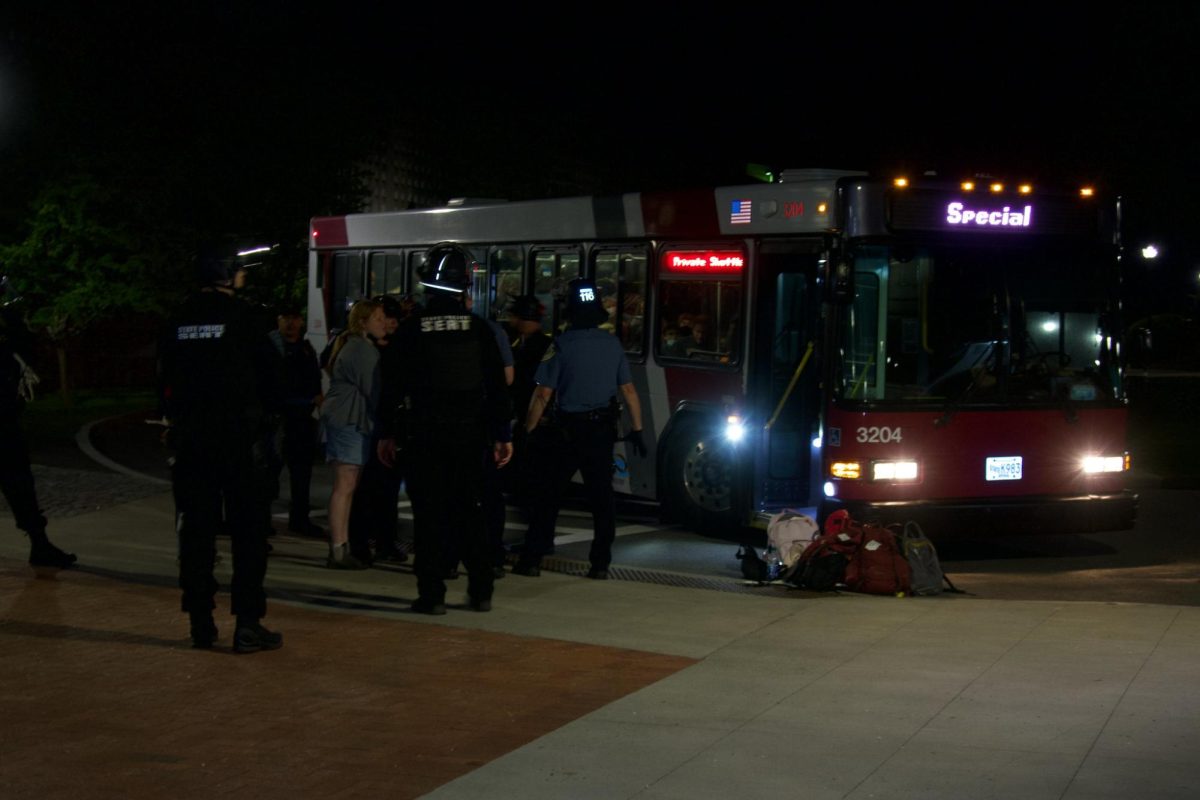
As police began to leave the area, arrested protesters were transported to the Mullins Center for holding via a campus shuttle bus. Protesters were ushered through the back entrance of the Mullins Center, which is not visible from Commonwealth Avenue.
By midnight, around 10 protesters had been released on $40 bail from UMPD. Protesters continued being released past 6 a.m.
According to a statement from Blaguszewski, 109 people had been booked as a result of the encampment, and around 25 people are waiting to be processed.
At 12:49 a.m., more people were arrested and brought to the Hampshire Sheriff van past the Old Chapel and around 40 officers walked north past Herter while around 20 remained in a line parallel to the library facing protesters.
Dozens of remaining protesters followed the final handful of police cars along Lincoln Ave, chanting “piggy bedtime” and “Show me what community looks like! This is what community looks like!” The cars exited via Massachusetts Ave. The protest was fully dispersed by 1:30 a.m.
Widespread condemnation of decisions by administration and police
Despite UMass’ Student Government Association leadership striking a deal with Reyes compelling him to speak to the senate next week and delaying a motion of no confidence, SGA senators passed a motion of no confidence in the evening of Wednesday, May 8.
The American Civil Liberties Union of Massachusetts also released a statement criticizing the arrests at UMass.
“While other campuses across the country have engaged demonstrators in productive dialogue, we are highly concerned that University of Massachusetts Amherst leaders chose to invite armed police into a campus protest environment,” the statement read. “Reports that police may have attempted to shield their activity from press and legal observers raise additional concerns about press freedom and transparency, which are essential to accountability.”
“Campus administrators have an obligation to protect students’ safety on campus; at the same time, they must take all necessary measures to protect students’ right to protest,” the statement continued. “Calling heavily armed police on student political expression is an inherently dangerous choice.”
Commencement Speaker Colson Whitehead withdrew from the ceremony following the May 7 events due to the mass arrests. Several Cultural Councils have released statements of solidarity with the arrested protestors on their social media that condemned the use of law enforcement on a peaceful assembly.
Chancellor Reyes seeking consultation with student leadership
Chancellor Reyes sent out an email on Wednesday at around 8 p.m. to the campus community addressing the arrests. “A safe and respectful learning environment is foundational to enabling free expression and the exchange of ideas – including through peaceful demonstrations,” the email reads. “Guided by these values, I made the difficult decision last night to ask the University of Massachusetts Police Department to clear the site of an unauthorized fortified encampment that had been erected on the South Lawn of the Student Union.”
Reyes claimed in a Wednesday night email that 132 people were arrested, including around 70 UMass students and 6 Amherst faculty members.
Reyes said that he met with a variety of campus stakeholders about the arrests on May 7, and he is asking “SGA and GSS (to) convene a special meeting where my leadership team and I can engage in dialogue and answer questions about this challenging episode.” Reyes also said that he is in conversation with the Community, Democracy and Dialogue Initiative (CDD) “to help chart a course forward through these contentious issues.”
A meeting with the Faculty Senate has already been agreed to.
In an email sent to the Collegian Wednesday evening, Professor David Mednicoff of the CDD advisory working group stated that the group had listened to the accounts of those at the protest that day, and that meetings would continue in coming days.
Editor’s note: The bus used to transport arrested protesters was a university-owned shuttle and is not affiliated with the PVTA.
Daniel Frank can be reached at [email protected], Alexandra Rowe can be reached at [email protected], Catharine Li can be reached at [email protected], Grace Fiori can be reached at [email protected], Grace Lee can be reached at [email protected], Jack Underhill can be reached at [email protected].

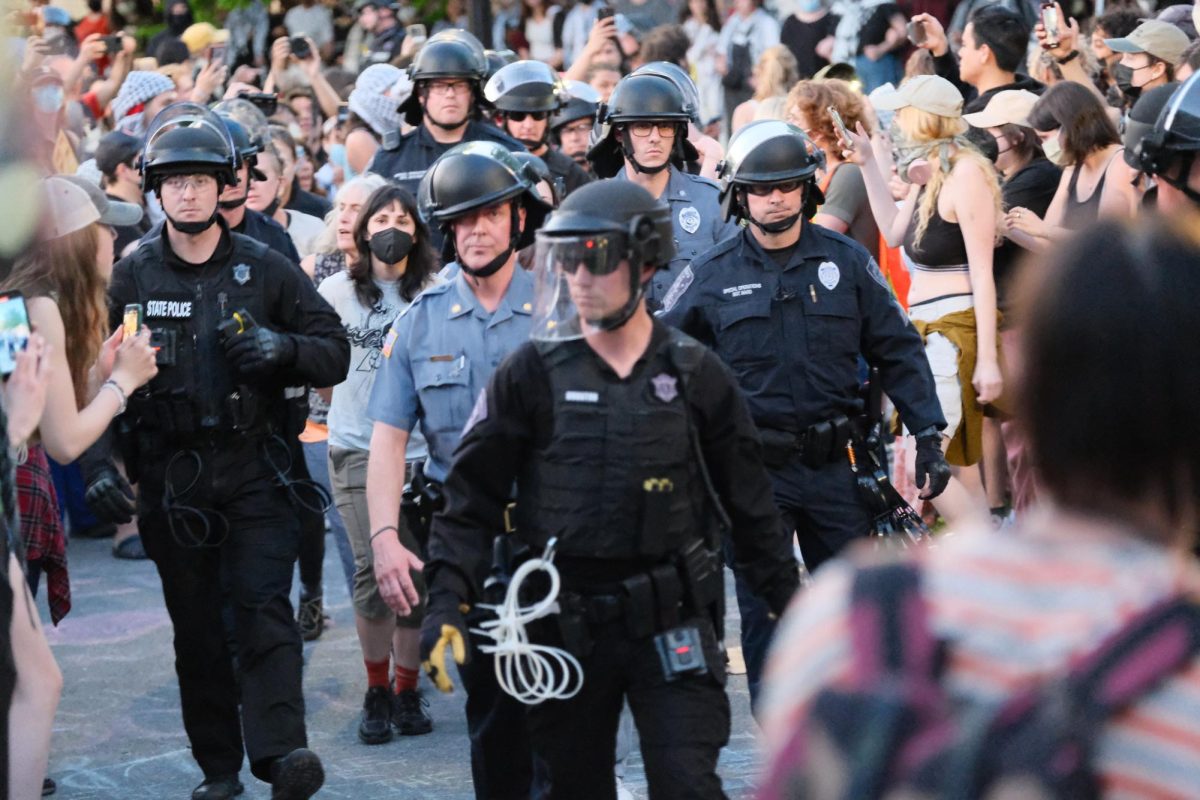

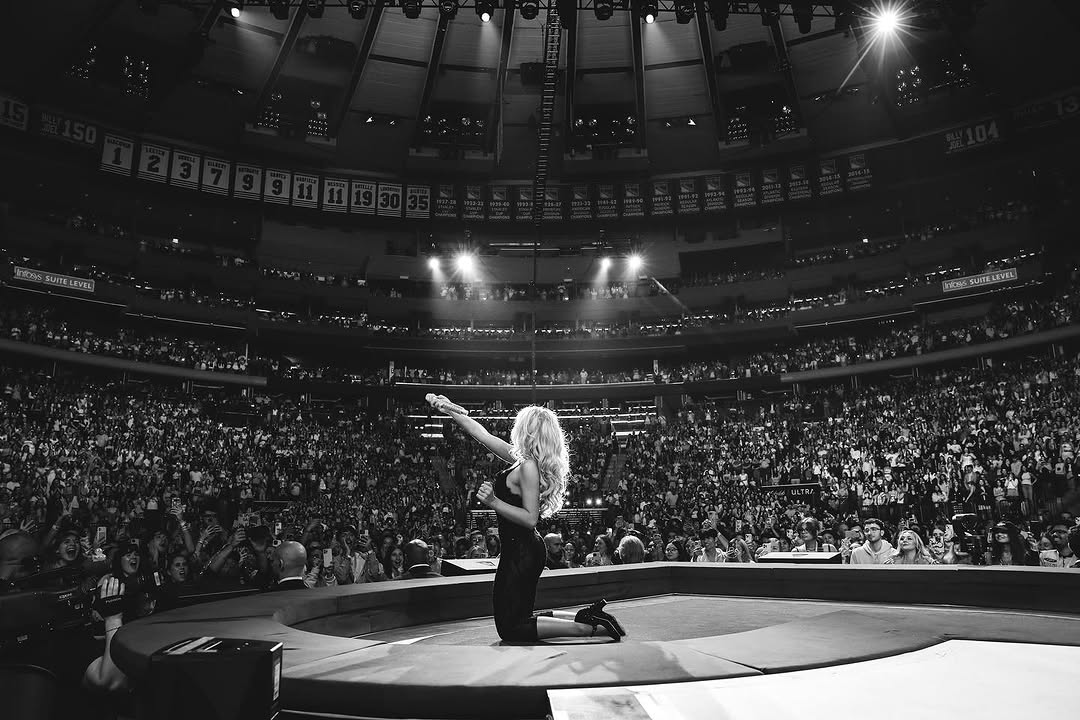
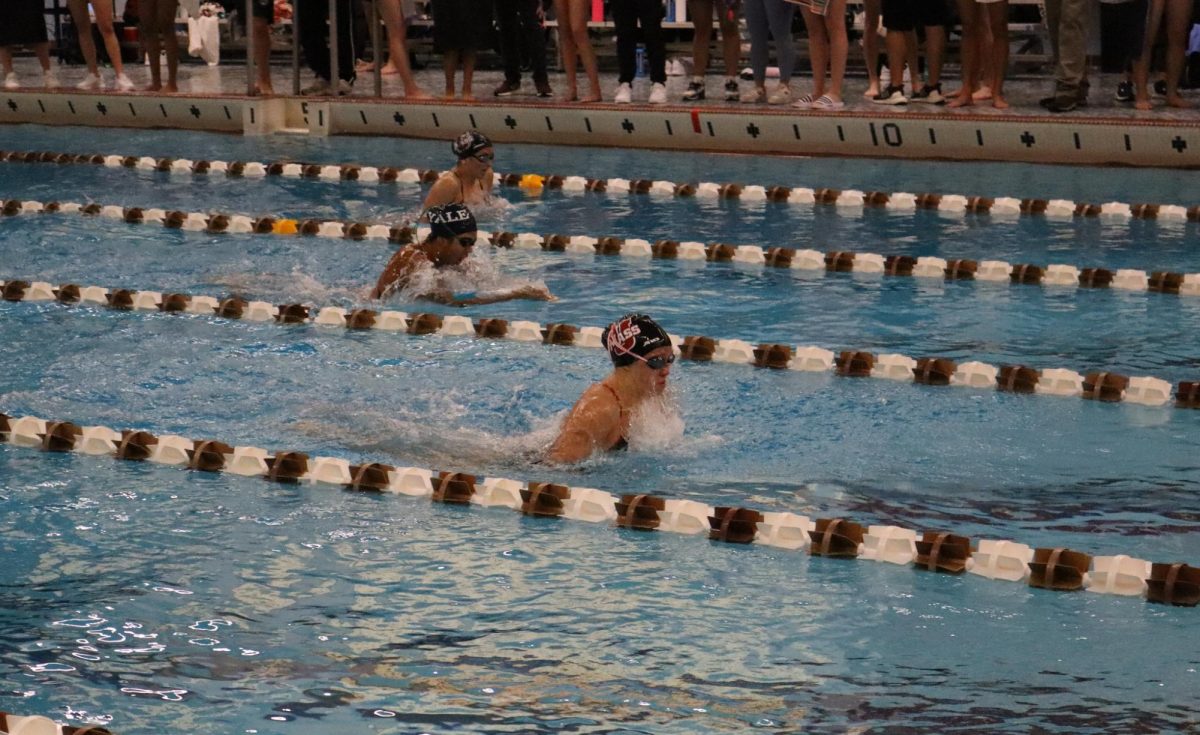
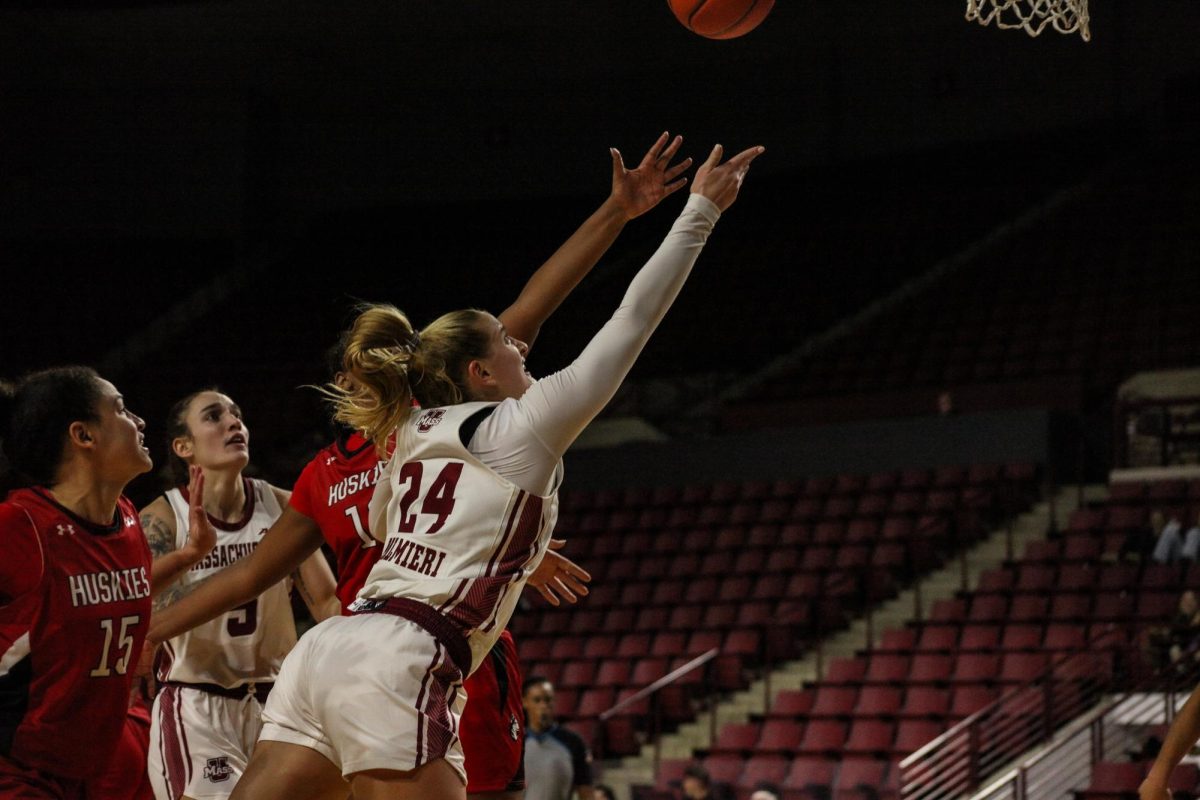
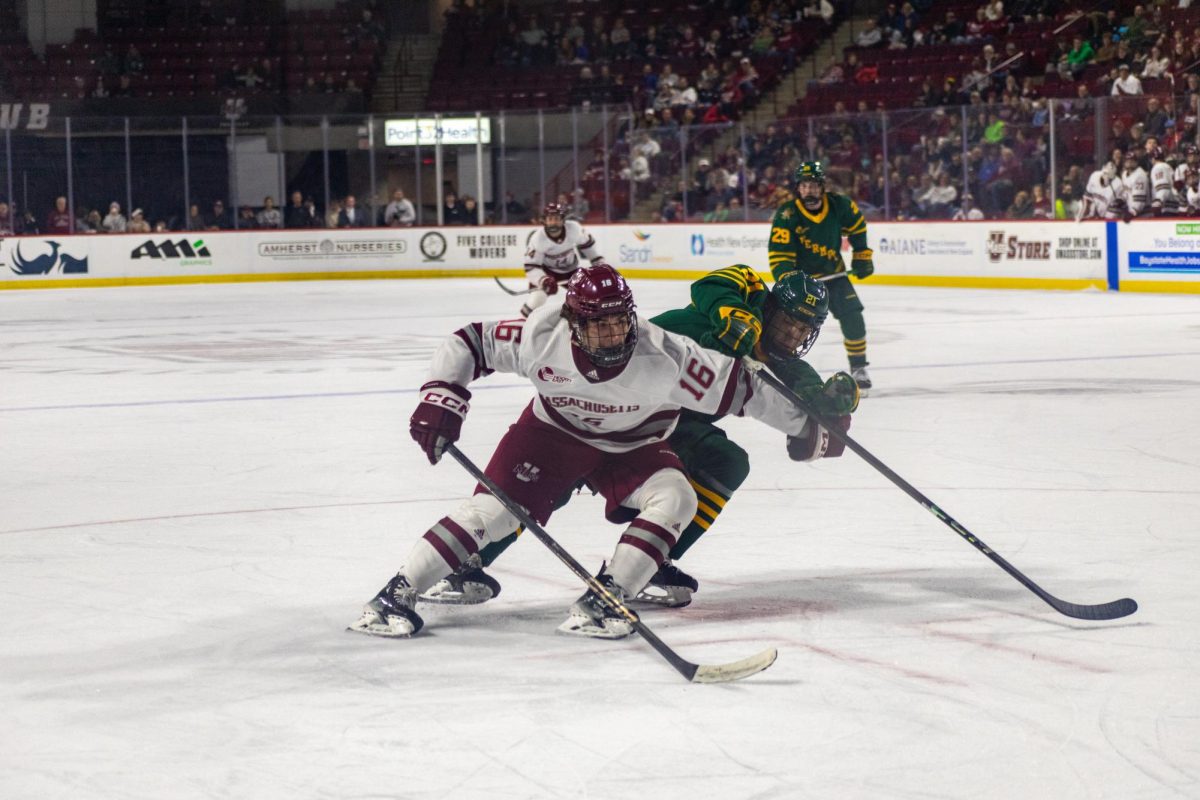
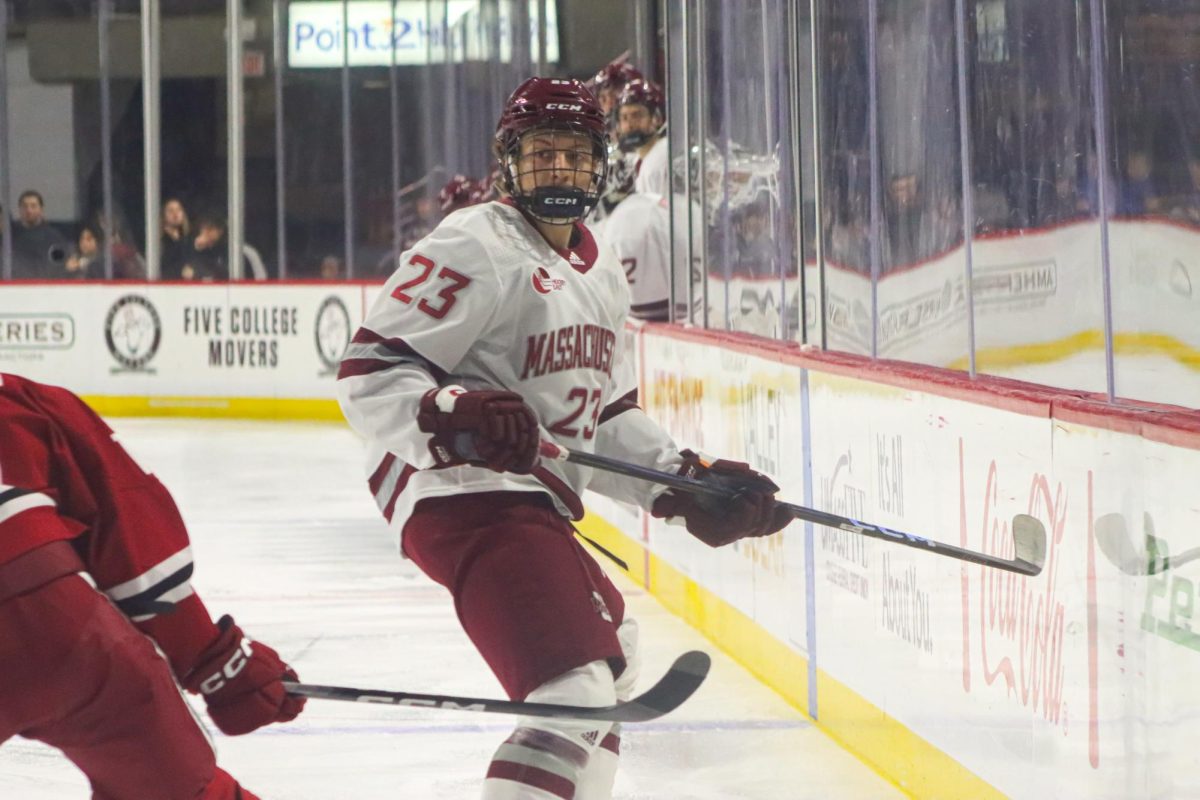
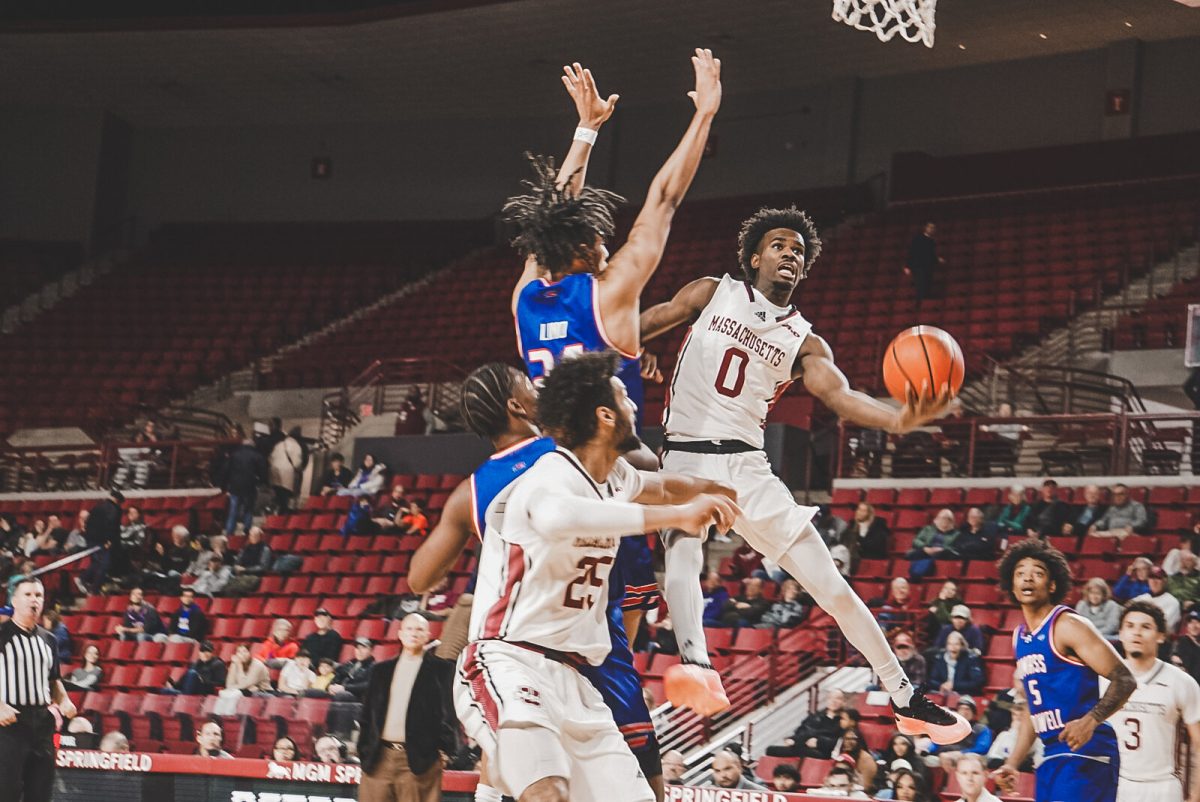
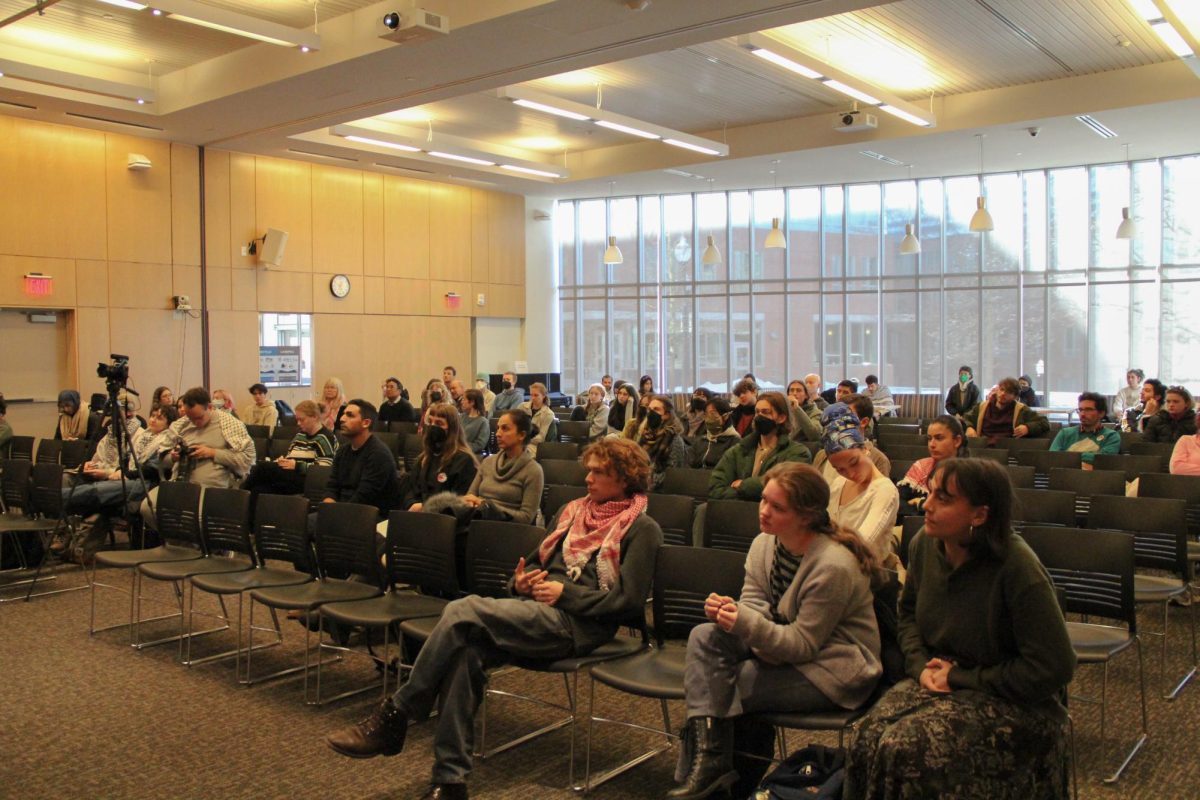
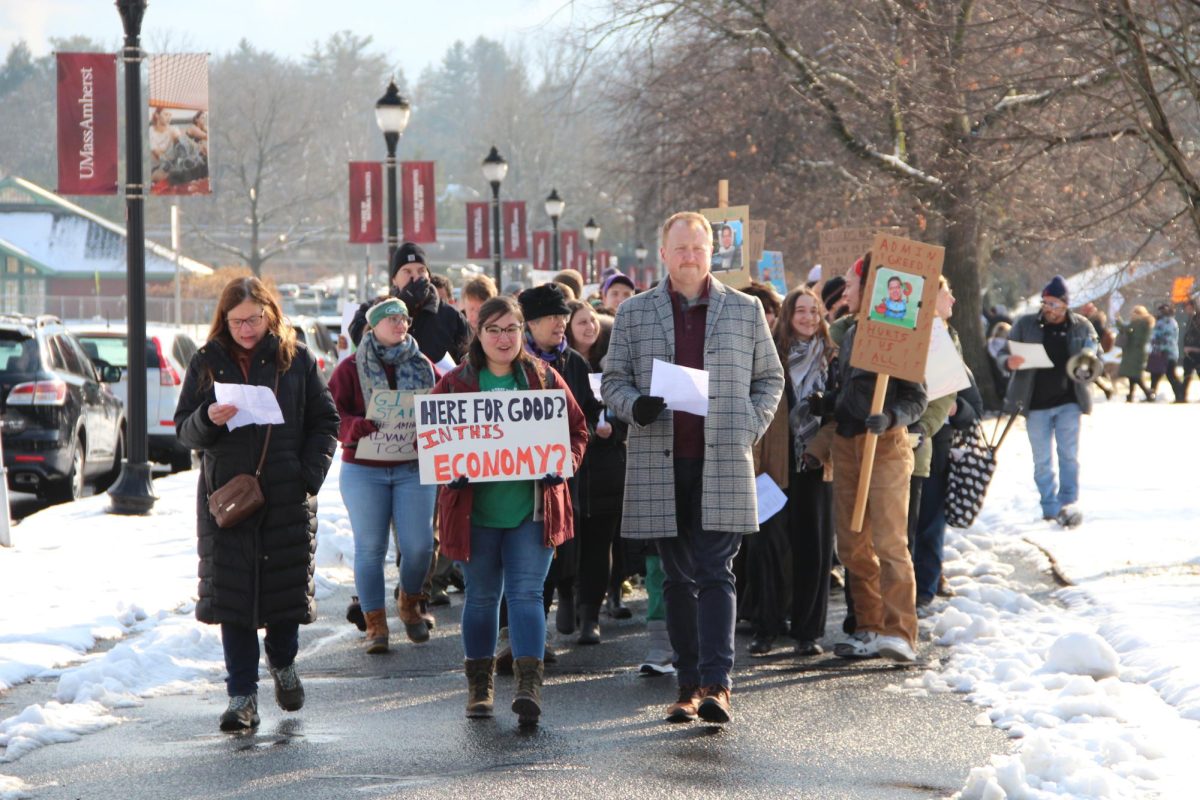
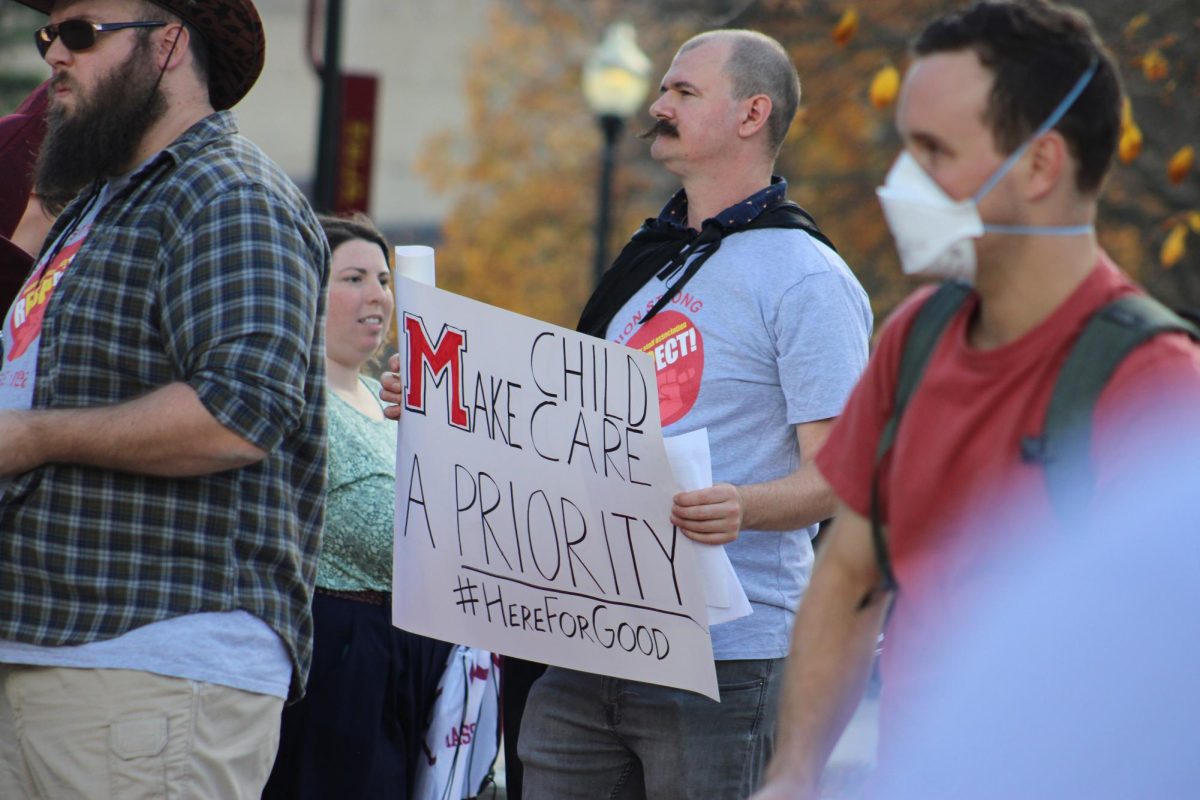

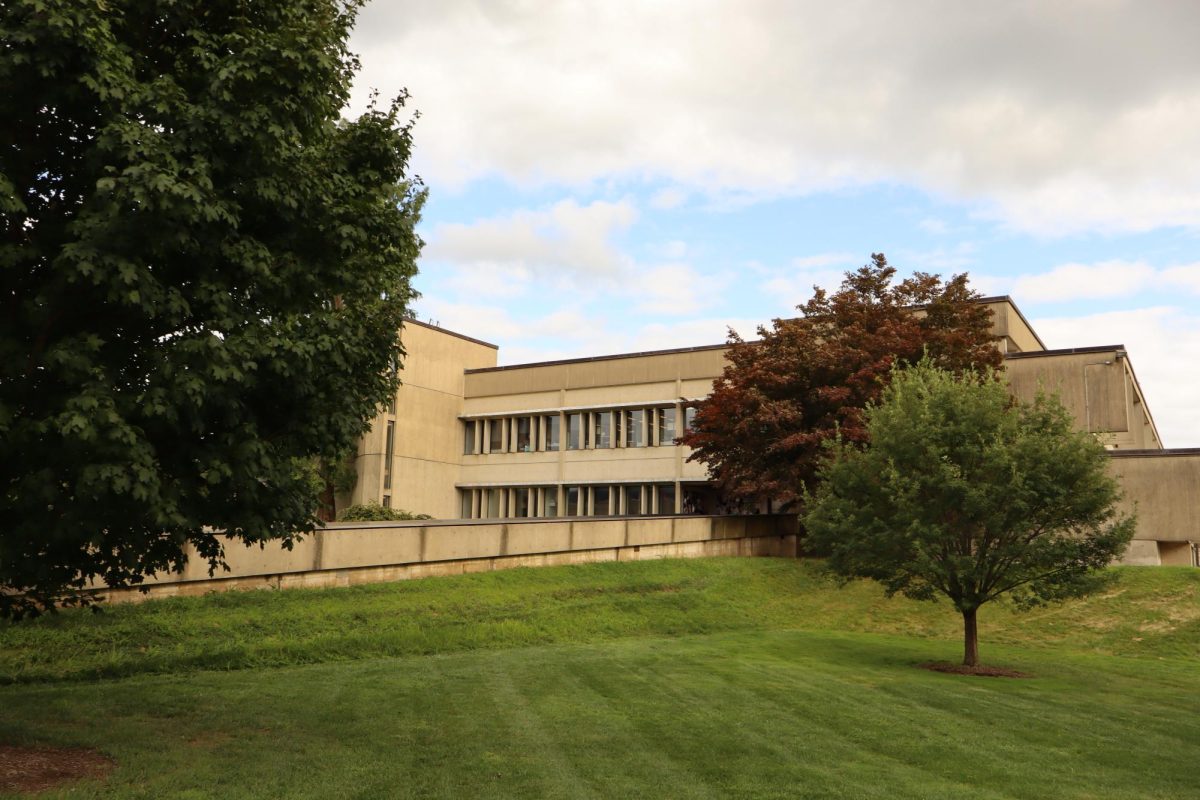
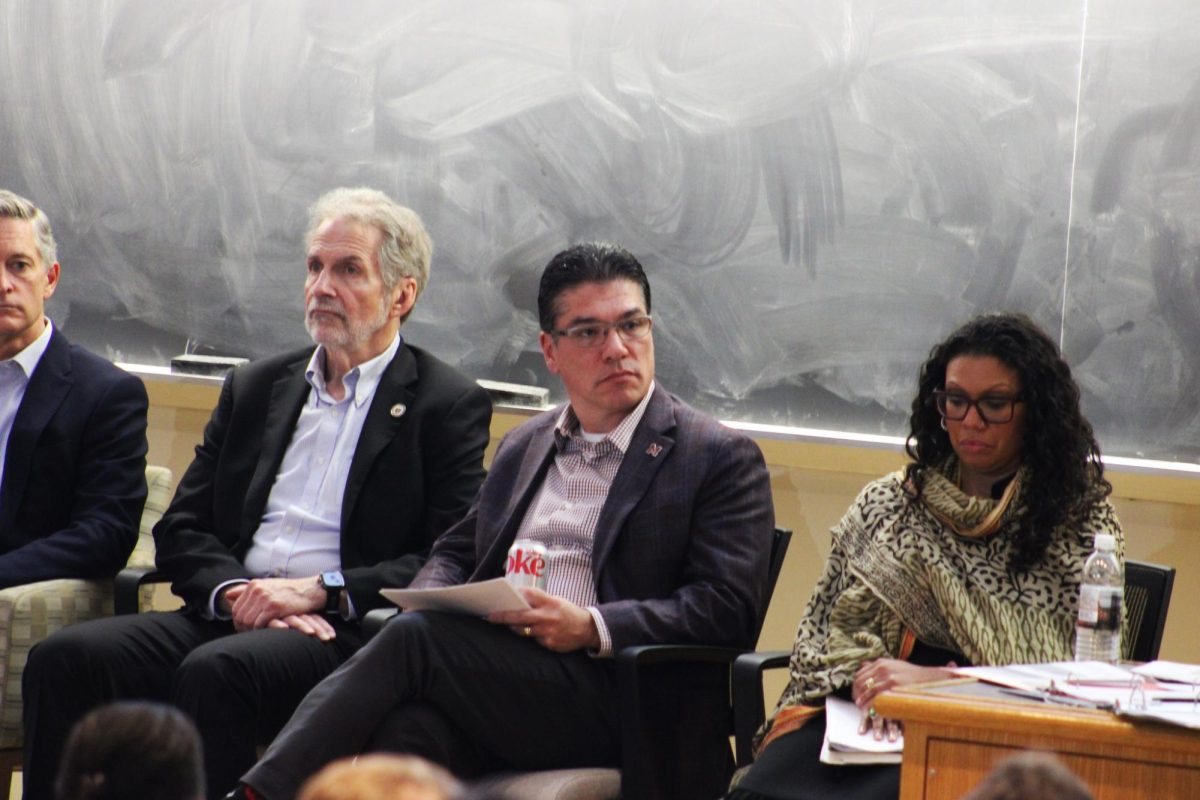
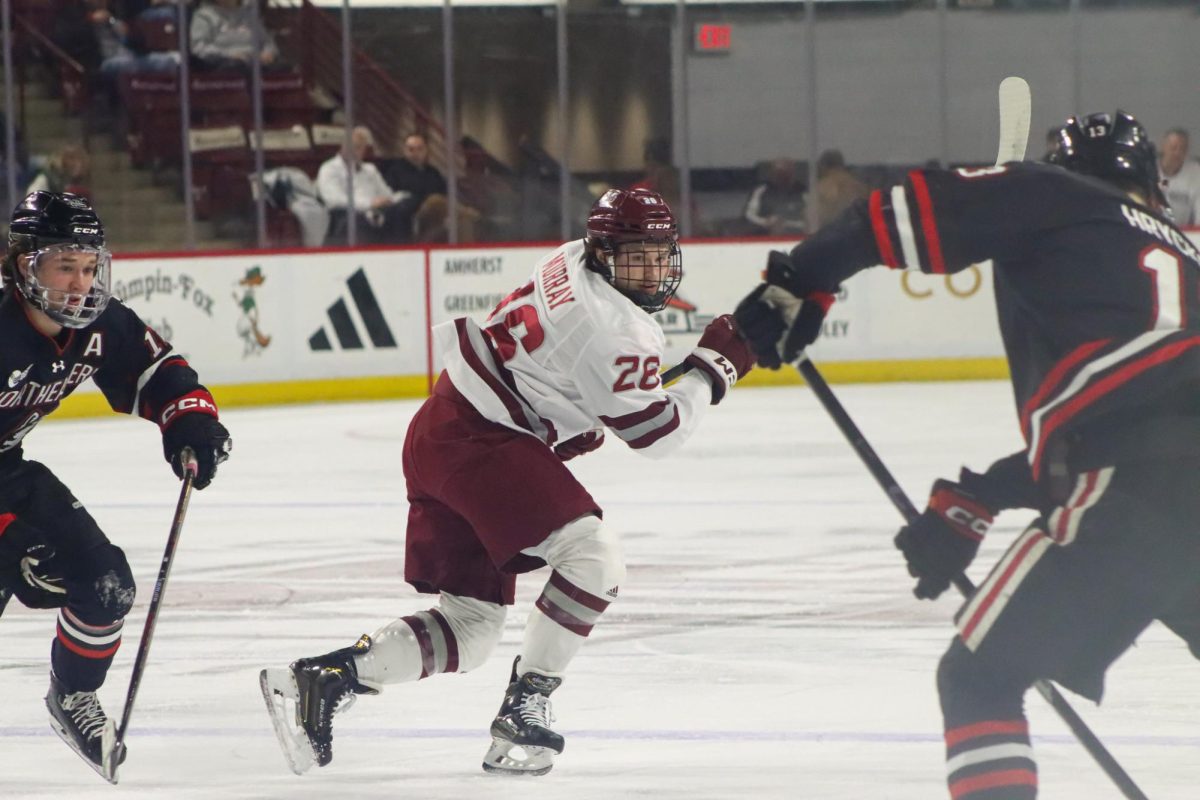
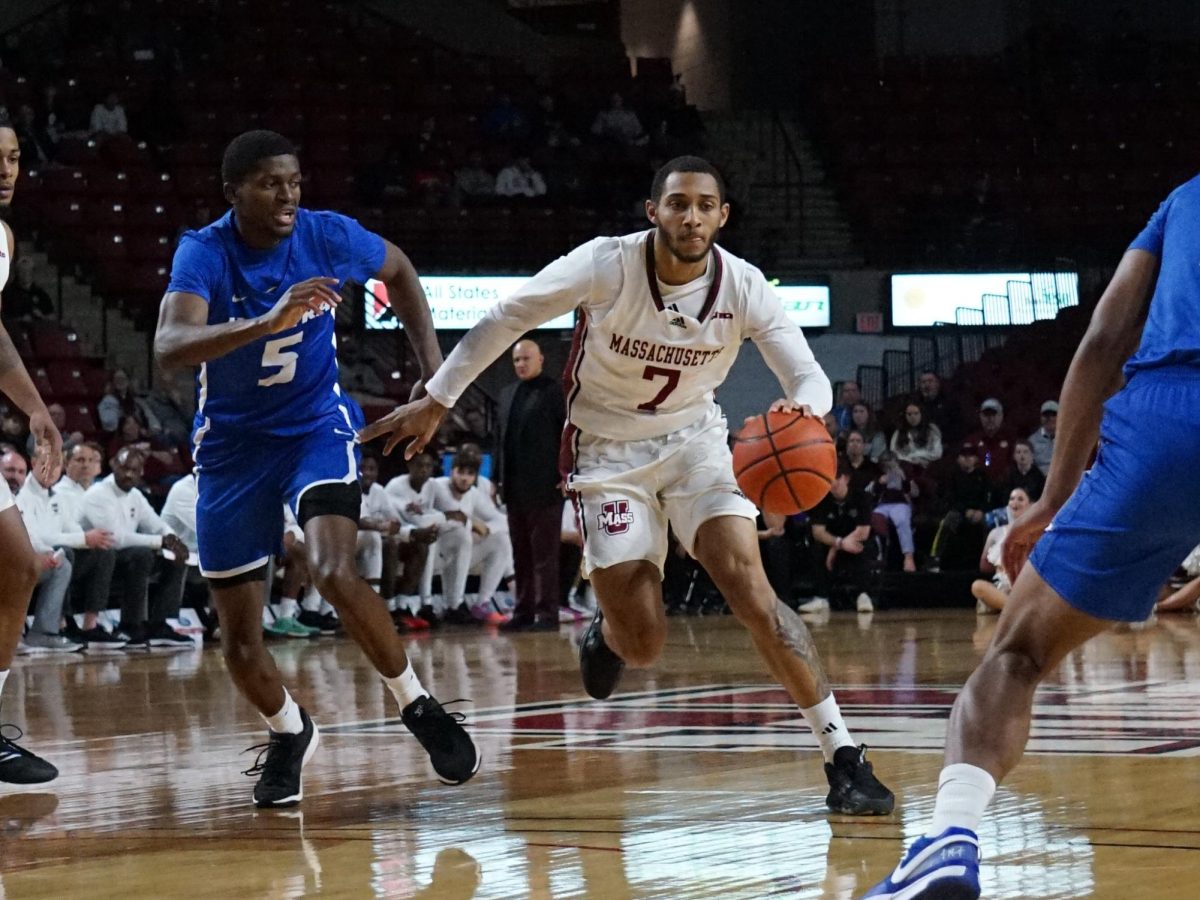
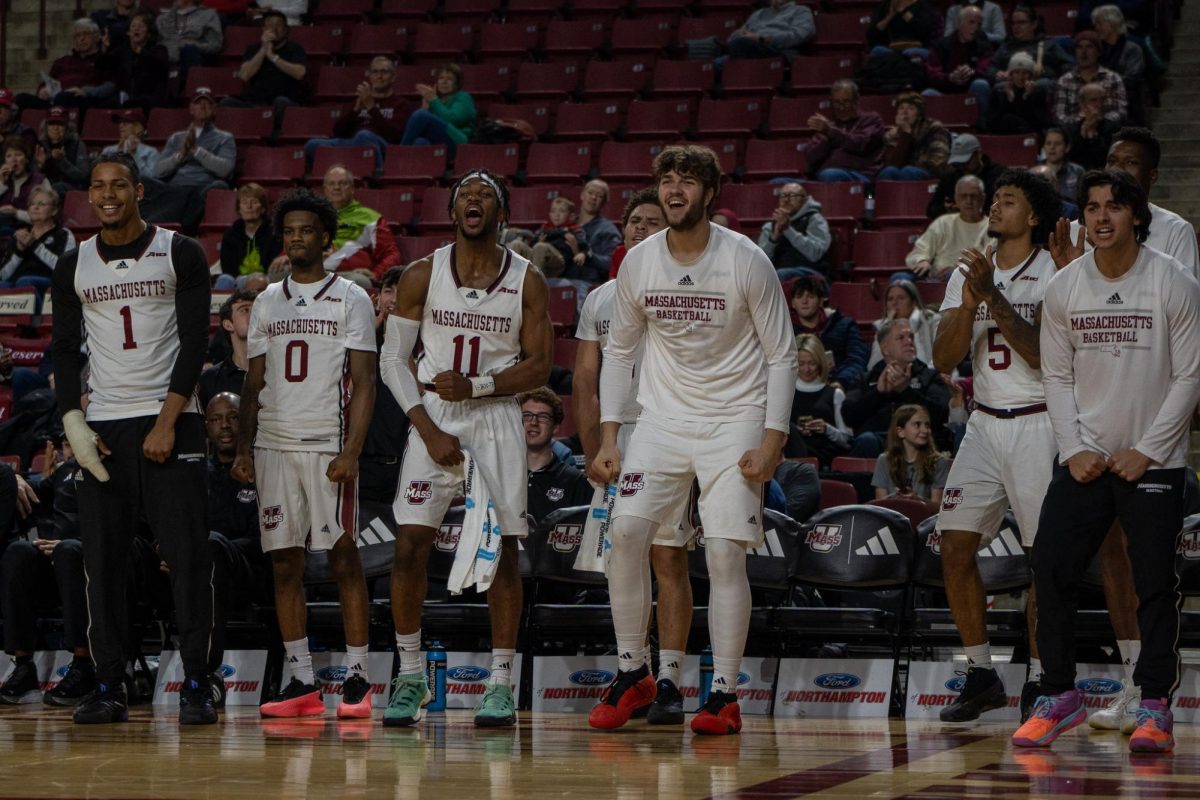
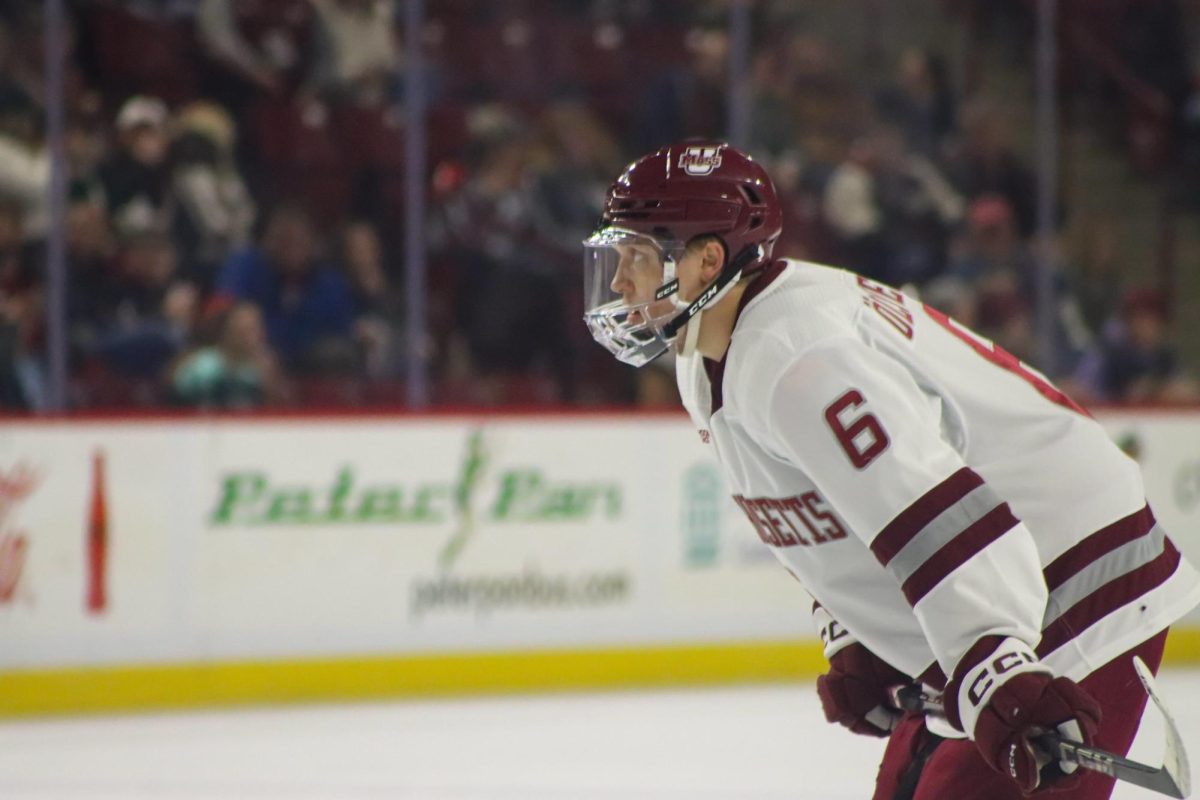
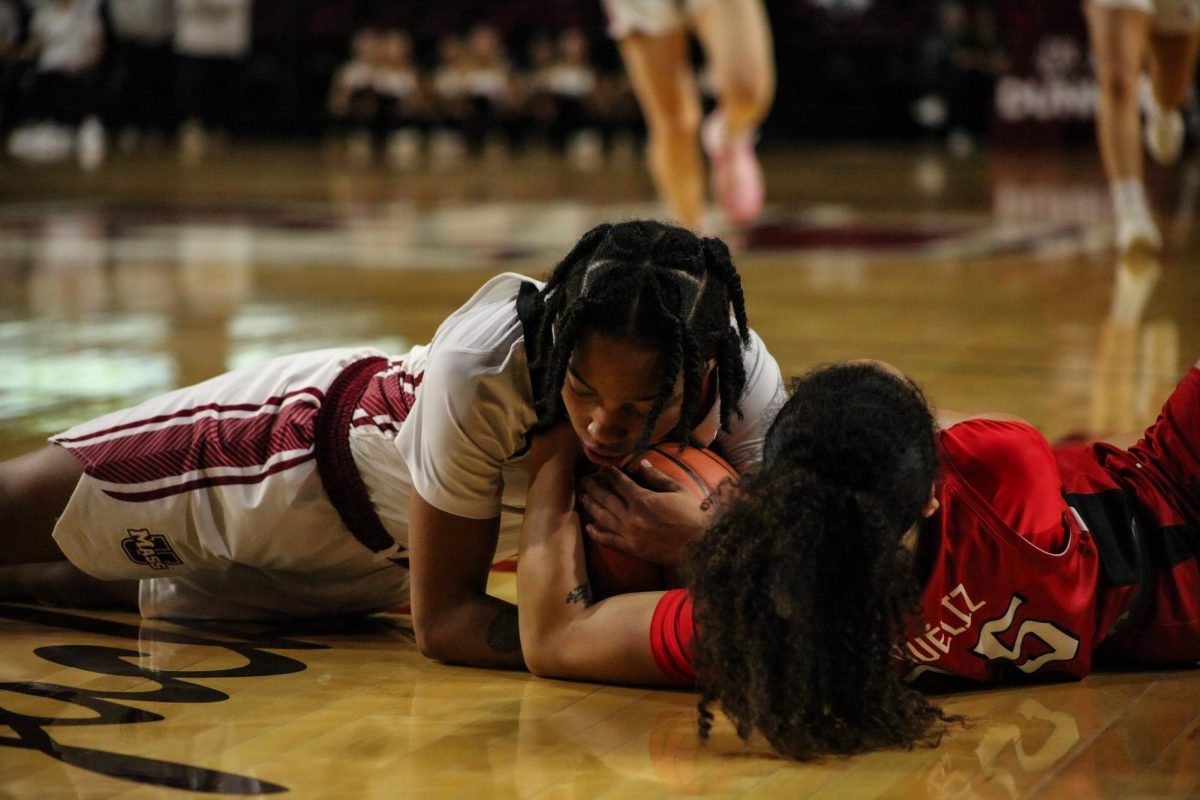
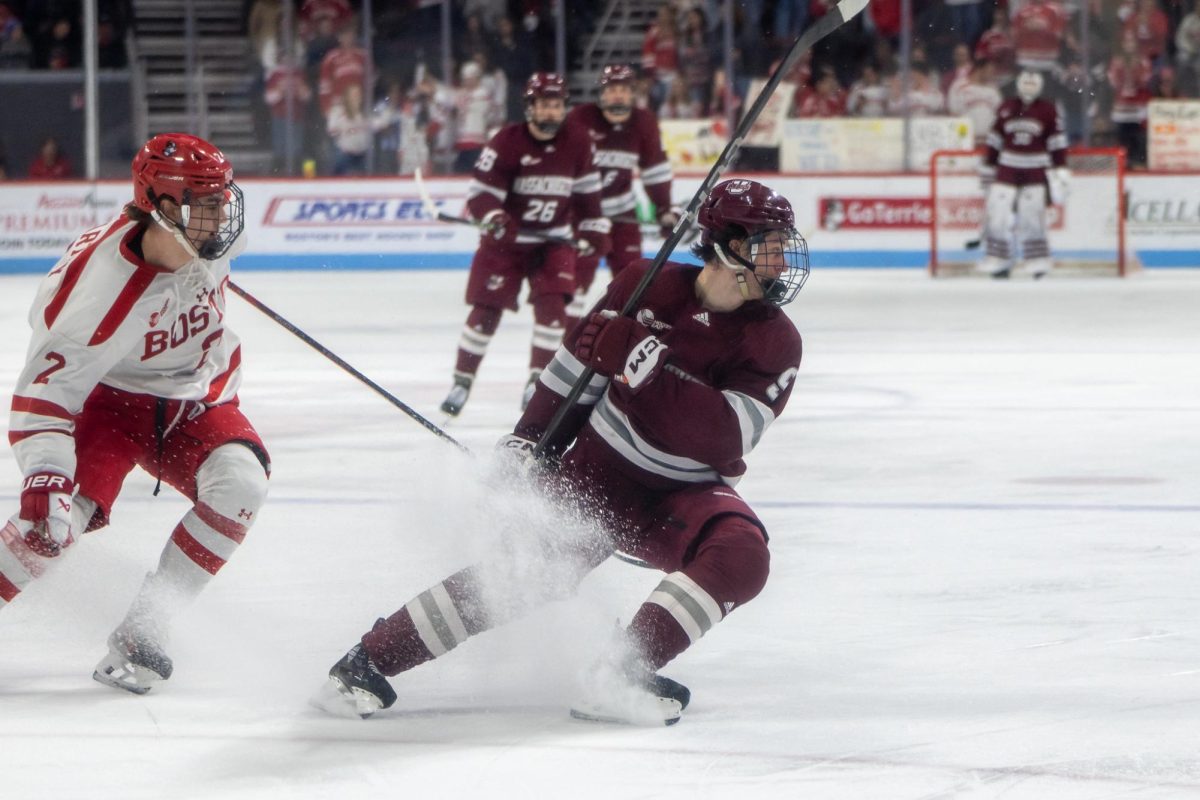
Cindy • May 10, 2024 at 6:32 pm
Decision to send in police was excessive (an understatement, but still must be said). Did not need to enforce ” no trespassing” and “illegal encampment” against the peaceful encampment demonstration, and the result of doing so was entirely forseeable.
UMass Alumna 1979
Owen Ray • May 10, 2024 at 11:38 am
Insanely well-reported, great job!